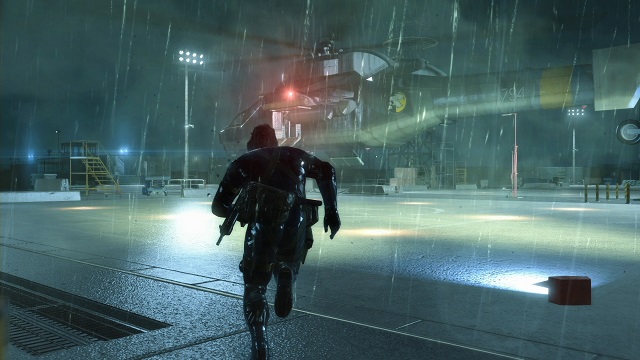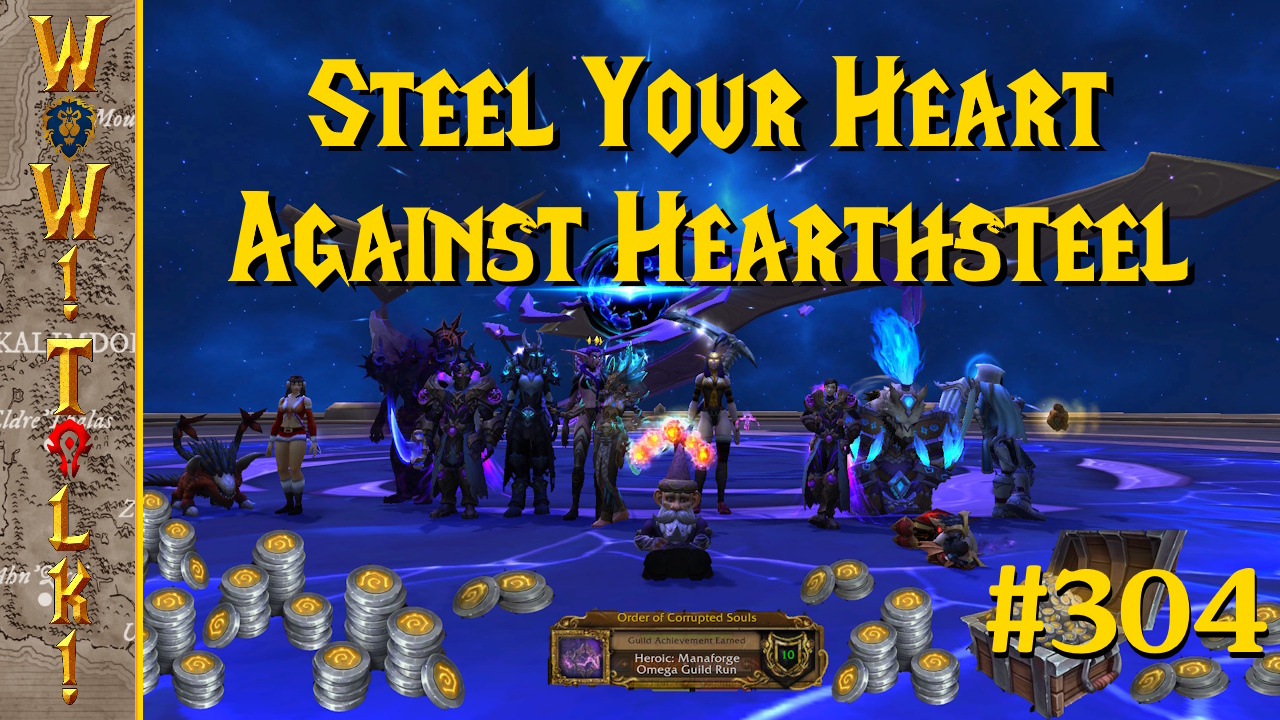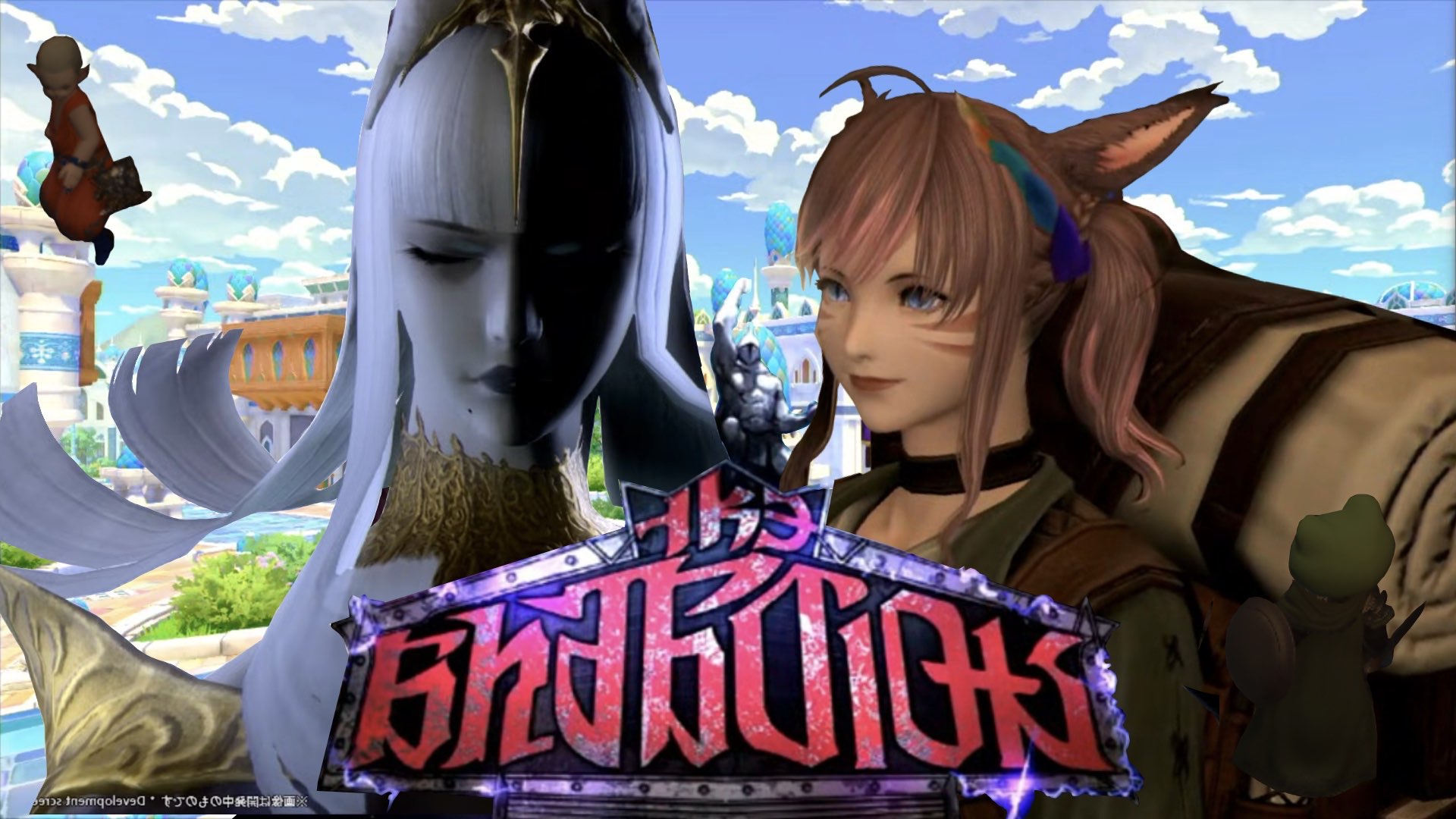If you used to buy Official U.S. Playstation Magazine a long time ago, you may have gotten a very special thing with your magazine called a demo disc. This was a nice extra perk of the magazine which, while making it more expensive, made the magazine an appealing purchase. Getting to try games in advance for free probably got you excited for some titles you’d never heard of before or never meant to try. For me, one of those titles was Metal Gear Solid, a game whose excellent demo drew me in when my previous experience with the series (playing Metal Gear on the NES) had made me want to ignore it. My, what wild days those were when we got demos for free, and not the mad season we live in now where a demo disc called Metal Gear Solid V: Ground Zeroes sits on retail shelves as if it were an actual product, asking for thirty to forty dollars for a single map and some busywork missions.
Don’t get me wrong – Ground Zeroes did get me excited for the game’s release. For starters, I love that we’re moving away from the radar system that was in so many of these games. In most Metal Gear titles, you can tell where your enemies are and where they’re looking with a short glance. The game just tells you what everyone’s doing within a set range, so unless you get seen and send enemies into alert mode, you know everything that’s happening and can plan for it. Ground Zeroes is going back to the Metal Gear Solid 3: Snake Eater approach where you just have to watch out for enemies using your own eyes. It makes a huge difference in how hard it is to sneak around, and brings a welcome challenge back to the series. Not that it wasn’t challenging before, but having to look for your enemies is a whole lot harder than having them pointed out to you.
The dark, open map made this a little more difficult, too. The one map you have to work through is pretty expansive, and since it is night out, it can be hard to make out certain things moving around. Despite all of the search lights and sources of illumination, it’s still pretty hard to tell where your enemies are. This is made a lot easier by allowing players to mark enemies they’ve seen, though, which is done automatically if you look at someone close enough for a few seconds. It can easily be done with binoculars from a distance, although seeing everything moving around in the camp can be difficult unless you’re patient enough to pore over every inch of the screen. Marking enemies will let you see them moving around no matter where they are (even behind walls), so it’s beyond worthwhile to search everyone out.

Those soldiers can see a whole lot better than their counterparts did over most of the series. Now, if a soldier can conceivably see you, they do. You get smaller alerts to warn you when someone is looking at you, though, and on the most basic difficulty I was often given more than enough warning to get myself hidden again. Still, if someone is looking at you from most of the way across a huge field, they’ll still catch your movement and come to check it out. If you take more than a few seconds to hide, expect them to call in backup to search the area with them. Even if you make too much commotion in a nearby area or blow out a camera, expect soldiers to come looking. There’s no hitting cameras with a chaff grenade and walking away in Ground Zeroes.
Since the enemy is so much smarter in this game, you have been given one advantage. When you’re clearly seen and an alarm is about to go up, the game will zoom in on whoever saw you and go into slow motion. Since your reticule will have locked on whoever’s sending up the alarm, you can just snap your weapon up and fire a few shots into their head with ease. I spent a good long time trying not to set off any alarms on my first run through the game, but soon found out that I could just shoot the enemy during that slow-motion alert phase and the alarm wouldn’t go off. The enemies might send out a squad later to look for the guy I just downed, but for the most part I could bypass alarms easily due to the slow motion. It was handy when I’d played for a while and didn’t want to have to go back to my checkpoint, but it felt like it took a lot of the challenge out of being seen. It’s a little too easy to kill the guys who saw you, if you ask me.
Shooting feels a bit more complex than it used to. I was a sniper with my tranquilizing handgun in Snake Eater, getting to the point where I could get through the game without killing anything. After all, in most of the earlier games, all you had to do was point and shoot. In this game, gravity, distance, and wind speed are all factored into your shot – meaning you have to be good with leading your bullets. It took some getting used to, and I missed a lot of very important shots and drew attention to myself because of it. It also made the game a little harder, though, so I didn’t feel like I could just breeze through areas with headshots. One thing that bothered me specifically, though, was firing my guns with the PS4’s controller. There’s just something about the controller’s layout that made firing a gun very uncomfortable, and I’d often zoom in instead of firing a shot while I was getting used to it. It felt like the L and R buttons were too close together and in odd positions, and although I assume this problem is unique to me, I really don’t like playing this game with the PS4’s controller.

All of these elements combine to make for an interesting extraction mission, I do admit. The huge area meant that I had free reign to tackle things however I liked so long as I got to two hostages and rescued them. I could go in guns blazing if I wanted to, tiptoe around the perimeter and find a quiet place to sneak in, or hop in a jeep and start running people over. So long as I got my two people to the extraction point, everything was all good. The series has usually been good for giving players a set of tools and letting them do what they like, but the huge play area felt like it granted me even more freedom. While I could do what I wanted in many of the older games, most spots were quite small, and the tiny spaces limited what you could do. Here, you have an entire complex to sneak through with no room transitions or loading times to hold you back, so you can really let your tactical mind go wild.
Just don’t expect to do it all for very long, though. The main campaign of this game (which I paid forty Canadian dollars for) only lasted about an hour and a half, cutscenes included. There wasn’t a whole lot of talk and cutscenes for a Hideo Kojima game, but we’re still talking about fifteen to twenty minutes of my total play time. You might also want to factor in that I was learning how the game’s enemy tracking systems worked at the time, while also getting used to the new gunplay. Given that this is a Metal Gear Solid game, I also didn’t want to be seen during my playthrough. You don’t buy a stealth game so you can run through it while blasting away (although the campaign has been completed in ten minutes in that manner). So, I was learning and taking my time, so a player who adapts quicker than me could likely finish the game much faster.
There is some additional content, but I wasn’t all that impressed with it. All of it takes place on the same map as the main campaign, but switches between day and night while giving you a couple of different tasks to complete. You might have to shake down a specific soldier, blow up some anti-aircraft guns, or just complete an objective in the fastest possible time. These felt like missions that had been pulled from Metal Gear Solid: The VR Missions, except with nowhere near as many varied or fun objectives. Sure, now that I own the game I might play around with them, but they aren’t something that makes the game’s price tag any easier to swallow.
What I find myself looking at here isn’t much more than a glorified demo disc, to be honest. The game’s single map is a decent size, but it still only takes about twenty minutes to cover from one end to the other. Changing a few objectives doesn’t do much to make the map more interesting or add much replay value, seeming more like desperate padding to justify selling a demo. Really, there’s likely less interesting content here than there was on the Metal Gear Solid demo disc I picked up all those years ago. That demo contained a few areas of the game and gave me a good idea on what to expect from it, but that was for free. For the money I spent, I expect a whole lot more than an hour long teaser chapter. That’s the sort of thing most devs would give away for free to get people interested in their game, and not something you try to sell to consumers as an actual product.

I’m sure they’re trying to recoup some of the money they spent on making the game look as good as it does, though. She is pretty sharp, I’ll give Ground Zeroes that. Everything ran silky smooth on the PS4, although it reached points where the textures all looked almost a little too smooth. It gave everything this look like it was covered in a layer of slime or water for some reason when certain lighting hit it. Otherwise, characters and locations all look really good, finally doing a little something to justify all the money I plunked down on the system. It’s especially nice in some of the more intricate combat cutscenes later on in the game, and really shone when everything was exploding and folks were shooting at each other.
That being said, can I play through some of those shooting helicopter sequences myself when the full game comes out, Kojima? I know you love your cutscenes, but there were a lot of action sequences that I could have played through myself rather than watch a canned animation of someone else doing it. I spent most of the last few minutes of the demo saying “I wish I was doing that” while watching the computer do something awesome. Technology exists that will let me do these things while still making the game look just as good. Don’t make me watch a video of something awesome any more, all right? Just let ME do it.
It also needs to be said that Kiefer Sutherland just doesn’t feel like a proper replacement for David Hayter. I know that the man played a good role during the 24 series, but hearing his voice coming out of Big Boss’ mouth just doesn’t feel right. It reminds me of the feeling I’d get during the random episode or two of Ninja Turtles when James Avery wasn’t there to play the Shredder, or when Dave Coulier took over playing as Peter on The Real Ghostbusters. It’s extremely jarring to hear a character I grew up with (Metal Gear Solid came out in 1998) suddenly change their voice, and it draws focus away from almost anything else happening. Every time Snake speaks, all I can concentrate on is how he doesn’t sound right. It is literally like having a friend start talking with a different voice. Considering I’ve been listening to Dave Hayter play Solid Snake longer than I’ve been hanging out with some of my adult friends, I think I have a right to be put off.
Metal Gear Solid V: Ground Zeroes has me hopeful for the main entry when it finally comes out, but I shouldn’t have had to pay for the privilege to find that out. Yes, I do like the changes to combat and exploration, finding myself looking forward to the intricate game that will tie them all together. This is barely even a taste of the game that’s to come, though, and unless you are absolutely desperate for anything with the Metal Gear name on it, there’s really no reason that you should pay money for this. The hour you get out of it is something that should have been free, and is hardly anything even remotely close to a complete gameplay experience for your money. It’s a teaser level with some hints at the plot, the sort of thing any sane company would want as many people to play as possible. I love Metal Gear to death and like the direction the game is headed in, but hate the direction Konami is headed in regards to Metal Gear fans.





